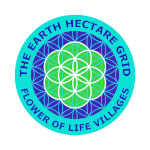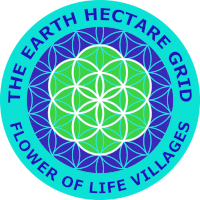
PLANET EARTH
Planet Earth,
Blue Green Jewel,
Carried between
Sun and Moon
in the Floating Arches
of our Galaxy,
Woven by the
Fabric of Time,
Space and Love!
Fused with
Sizzling Vibrations
in a
Vast Starry Cobalt.
That’s it. This is it.
This is us.
A Letter
OUR MISSION
The Buzz is Going Round vvv
A Letter from a Citizen
Dear reader,
What Is The Earth Hectare Grid?
The Earth Hectare Grid is an imaginary vast global pattern, in which parcels of land are embedded. Each parcel has the size of one hectare which is about 2.5 acres. Those acres (ac) or hectares (ha) are managed by families.
Kin Domains Aka Family Domains
The hectare parcels of land on which families live are called ‘Kin Domains’ or ‘Family Domains’. And on every Kin Domain lives a family and their subsequent generations.
The Origin
The Russian author Vladimir Megre initiated the idea of Family Domains, which are also organised in settlements or villages. His books have inspired a large number of people world wide. They are translated in more than 23 languages. Millions of copies have been sold.
Gratitude And Respect
The information on this website regarding Family Domains and settlements is shared with gratitude and respect to his work. The major guidelines prescibed in these books, will be implemented in our policies.
Freedom For Every Family On Earth
Ideally the Earth Hectare Grid as a planetary grid is open and free to everyone who wants to live freely on the land. Because freedom is for every family on Earth. This is for all sentient beings, and also for the animal kingdom and nature.
The Size for All
The surface area of a hectare is acknowledged as the size for all. The shape of those hectares or acres depends on the already existing layout of land, or of new hectare plots yet to be demarcated.
For the latter, pioneers of Family Domains can use their own creativity to create their estate. It is even possible to Co-Create a Kin Domains Village!
One unique design is especially made for the Earth Hectare Grid. It encompasses a unified hectare size and shape for both the metric and imperial system. This way, all hectare plots of land are equal in size all over the world.
The lay-out for the plots can be easily measured and made, while the surface area is most effectivly used. You can reed more about all of this on the following pages.
Interesting Calculations
By the way, interesting calculations have been made for the current population on Earth. There are 2 hectares -thus 5 acres- of agricultural land available per person!
So if all current families on this planet would embark each on living on a hectare of land, there still would be a lot of space left over for a growing population with future families.
However, a few thousand years from now, Earth’s population might have grown significantly. Therefore it is of crucial importance to have set these hectare boundaries right on time. Because once the Kin Domains and villages have been settled for more generations, their sizes can’t be altered easily.
Why We’re Here
In order to get organised well, there need to be contemplation. Therefore we created this website to find out if there are more people like us who would want to work with these ideas. We’ll also use it as a source of information, and to create awareness.
Founder
The founder of this website is the Dutch Margreet Otto. She realized that we all have to get a little bit out of our comfort zone in order to Co-Create our beautiful planet into a wonderful and luscious place to be. But none of us can do this alone.
Therefore, shall we try TOGETHER?
Margreet Otto
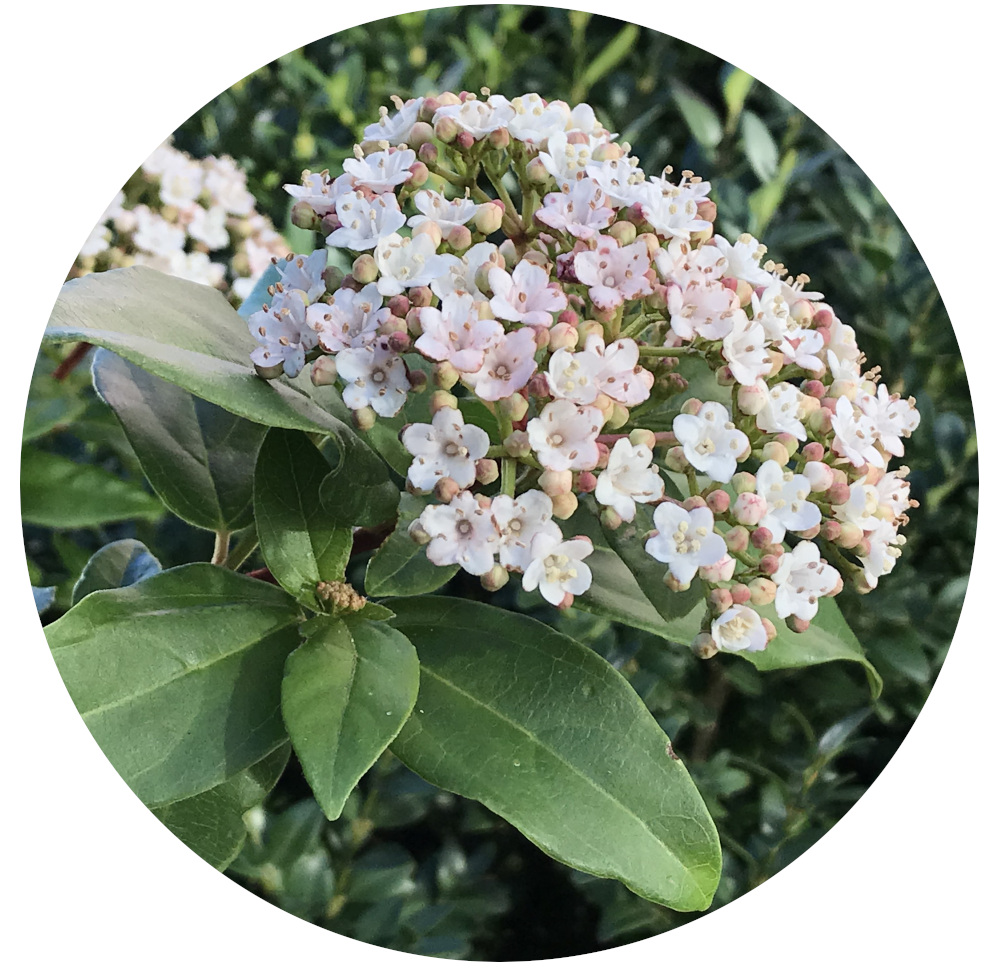
Our Mission
ORGANISATION
The aim of our movement is the creation of a hectare plan and the establishment of the hectare grid on Earth, whereby important systems of value are guaranteed. This is for all the peoples of the Earth, to live free on the land. It’ll provide us with water, food, shelter and inheritable goods for our posterity, including fertile soil and a restored natural habitat.
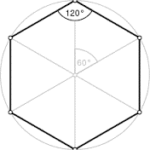
HEXAGON
The word ‘hexagon’ stems from Greek language, ‘hexa’ is six and ‘gonos’ means angle. Indeed, every hexagon has six equal angles, and six sides that are the same length.
If math isn’t your thing, hexagons are like squares, but instead of four, with six angles. Its shape is flexible, all geometry fits into it, such as a circle, triangle and rectangle.
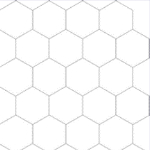
PATTERN
When a hectare of land has the shape of a hexagon, it can be used as a building block for a pattern or grid.
When all hexagonal hectares are connected, a hexagonal grid emerges.
Hexagons are often visible in nature as geometrical shape. Think of the honeycomb for example!
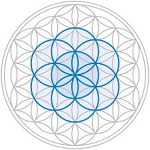
HECTARE GRID
A hexagonal grid can also be created by drawing circles. Hectares of land can thus be arranged in a circular pattern. Such a pattern is called ‘Flower Of Life’. Every ‘flower’ in this pattern is constructed with seven circles. The first circle is drawn in the middle, with six circles surrounding it as petals. The overlapping lines point to the corners of an underlying hexagonal grid.
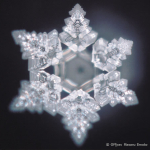
WATER
Another example of hexagonal shapes in nature: Water (H2O) has a crystalline formation of eight Oxygen atoms and eight Hydrogen atoms which connect in a tetrahedral shape. Seen from an arbitrary angle in the middle, a hexagonal structure becomes visible! Also, when in a frozen state, water structures itself in a double layered hexagonal shape.
The Buzz Is Going Round!
Bee The Example
ON A VAST SCALE
The idea to embed hectares in a hexagonal pattern comes from the late Dutch Lex Veelo (1945-2012). (Shared with permisson from his wife Anmarie Veelo).
All in all, a flower of life structure, such as that of the honeycomb, is very flexible. Interestingly, the honeycomb does not only present the flower of life structure, but is also derived from flowers (!).
This structure is also best suited to bend around a spherical object, due to its geometry. (See Beehive with round surface, photo Alex Wild).
And on a vast scale, this could be our planet!
Just imagine, seen from the plane, this geometry enlarged, with embedded hectares in a circular pattern, looks much better in comparison to the so-known agricultural patchwork of irregular rectangles. Do you agree?
NATURE’S WISDOM
Speaking of honeycomb, let’s look further at the bees for example. They are important for they contribute largely to the pollination of our food. Without them pollinating, we would have very little to eat. And unfornatedly, the species has become under threat. So it might be good to know a little more about them.
NATURAL HONEYCOMBS
As most of us know, bees produce beeswax derived from flowers and blossoms. When the honeycombs are build naturally by themselves -trees being their favorite residencies-, the edges of the combs usually have a rounded surface. These look different from the straight, preformed honeycombs made by man, which many beekeepers use.

BEE GUARDIANS
There are now also bee-guardians, people who strive to create an optimal natural environment for the bees, so they can thrive!
This includes planting lots of the bee’s favorite flowers and fruit trees, -basically restoring their natural habitats-, and constructing more natural beehyves. Some of those are created in such a way that the bees can build the honeycombs theirselves.
The Earth Hectare Grid…
What Is It For?
ECOSYSTEM RESTAURATION
The Earth Hectare Grid will stimulate the fastest ecosystem restoration on a global scale, which will lead to natural symbiosis of all sentient beings, and bring prosperity for human kind and our beautiful planet as a whole.
Joi De Vivre
HECTARE PLAN
It isn’t stated that all life on Earth has to live in just one particular structure. It might be fortunate though, to have it all connected somehow. And this is wat the Hectare plan involves, an organized attempt to bring our cultivation and society to the next level. Like if we were to create a paradise on Earth.
SYSTEMS OF VALUE
With natural symbiosis there’s also a balance between important factors in society, such as a balanced economical system, abundant nature, free education and healthcare, and the inclusion of sustainable technical equipment for all kind of purposes, such as our communication and travel systems.
Equal Rights
Registering Your Wish
REGISTRATION
If a foundation is to be established, one of its goals would be for people to be able to register their wish to live on a hectare of land. They are provided with an (online) map of their country where such ground is available. They will also get a folder with documentation, and a simple map with which they can design their plan for the ground.
NEXT PAGES
ABOUT

For more about us and contact, please click on learn more. Or read the next sections or menu for the corresponding pages on: Small Scale Farming, Energy, Animals and Blog Page.
FARMING
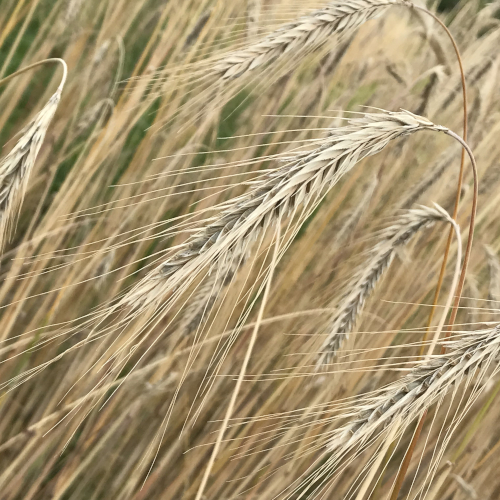
Natural organic farming, nature inclusive agricultue, permaculture, all of these types of farming respect nature and work in accordance with it. But can anyone set up such ecosystem?
ENERGY
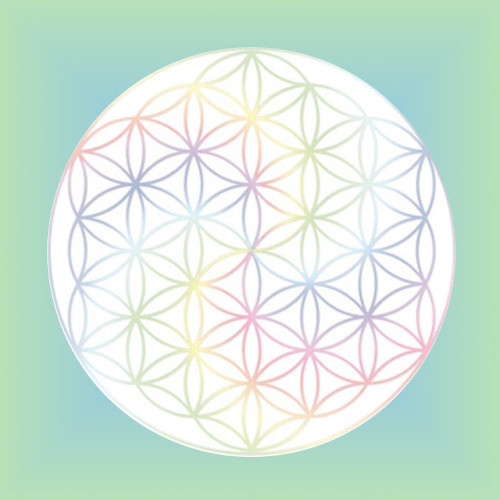
With the lay-out of a hectare grid, we’ve also contemplated on the renewal of an energy system. Only the future will tell what will be the most beneficial outcome!
ANIMALS

It is not only us humans who have the right to live freely on the land. Animals have the same rights, but could we be the ones to guard and protect them when necessary?
